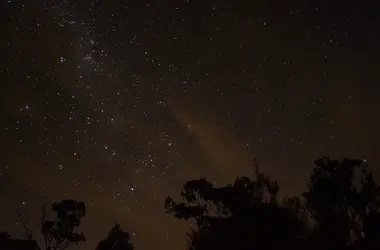masquerad101
TPF Noob!
- Joined
- Jun 30, 2013
- Messages
- 144
- Reaction score
- 16
- Location
- Belfast
- Can others edit my Photos
- Photos OK to edit
Not sure if this is the right place for this thread
Im going camping this weekend to try and get some forrest and waterfall shots but the weather forecast says the skys are to be clear on friday night and seeing as I will be in the contryside there will be very little light pollution, so I am thinking of trying some night sky shots! Just wondering does anyone have any settings advice? Like exposure and f.stops? I know the exposure will prob be something like 20 secs but not sure of f stops, ISO and such. Any advice would be great.
Im going camping this weekend to try and get some forrest and waterfall shots but the weather forecast says the skys are to be clear on friday night and seeing as I will be in the contryside there will be very little light pollution, so I am thinking of trying some night sky shots! Just wondering does anyone have any settings advice? Like exposure and f.stops? I know the exposure will prob be something like 20 secs but not sure of f stops, ISO and such. Any advice would be great.



![[No title]](/data/xfmg/thumbnail/34/34073-71bff52a53b8313ff2bcccab6b05f9b8.jpg?1734164509)









![[No title]](/data/xfmg/thumbnail/34/34072-be456691237ae73cb2936416e2e9e8c0.jpg?1734164508)
